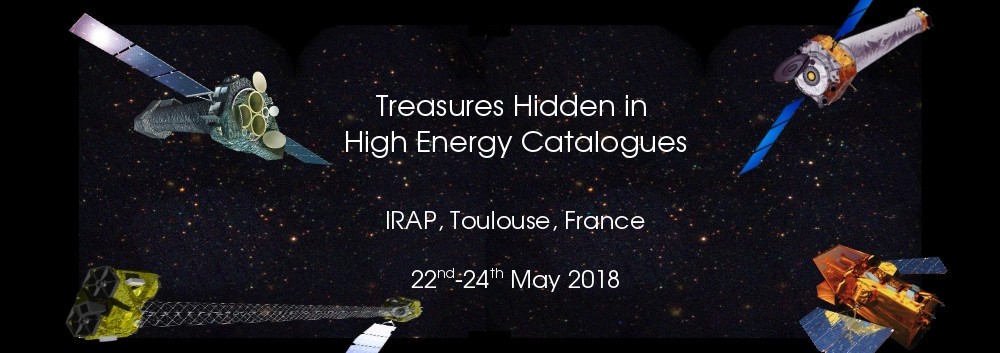ESA'S INTEGRAL mission launched 2 years after XMM-Newton, and provides coverage of over 3 orders of magnitude of energy, 3 keV - 10 MeV. Its JEM-X, IBIS and SPI instruments have all resulted in survey catalogues, but it is IBIS's view of the hard X-ray / soft gamma-ray band (primarily 18-300 keV) that has produced the most comprehensive set of catalogues. Transition to the hard X-ray band brings fundamental changes in both emission physics and instrumentation. While sensitivity does not compare favourably with soft X-ray instruments, there are other compensations. The large field of view of IBIS is ideal for survey work, opening up the possibility of statically complete studies over a large fraction of the sky. The hard X-ray sky is extremely variable, and a number of key observing programmes have ensured regular monitoring of our galaxy - essential for both source discovery and a better understanding of already known sources. I will review the INTEGRAL catalogues and derived data products, describe the unique information they contain (and some of its limitations) and highlight some of the ‘treasures' found in more than 15 years of operations.



